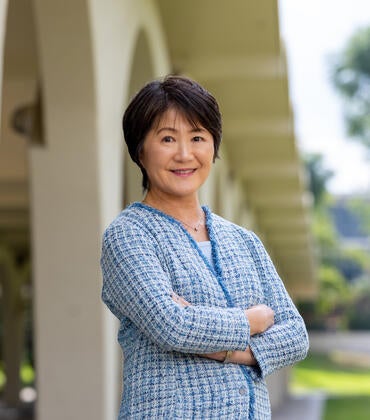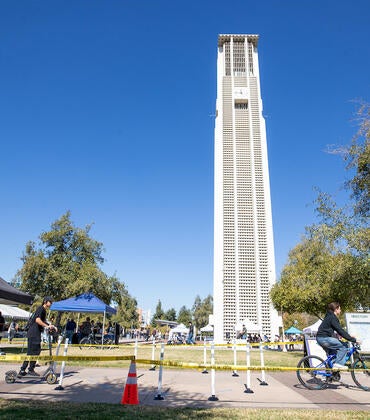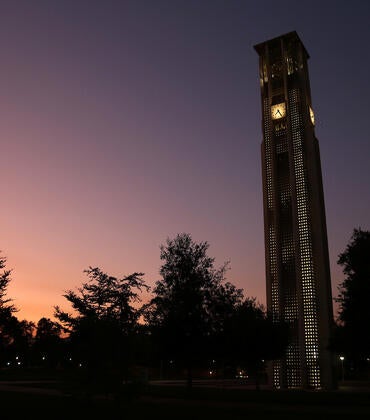UC Riverside has released its strategic plan outlining its priorities for the next decade with the launch of the UCR 2030 website.
The new plan concludes a process that began in 2018 as the campus reached the end of its previous 10-year plan, “UCR 2020: The Path to Preeminence” and began looking to the next decade.
In an introductory video on the site, Chancellor Kim A. Wilcox described the strategic plan as a blueprint that outlines campus goals for 2030 and how it will get there.
“We may modify, we may change things but it’s going to lead us to a future we all envision together,” he said. “While it’s about the future, the plan is deeply rooted in the present and the past. Research excellence, access, inclusion, and service to the region: These are values we at UCR have always held dear and have always led us. They continue to lead us in this new strategic plan.”
The plan centers on three main strategic goals:
• Build financial stability, resiliency, and sustainability
• Invest in the success of the people who teach, do research, work, learn, and live at UCR
• Expand the visibility and scope of influence of UCR locally, nationally, and globally
Each goal includes suggested objectives to achieve them and specific initiatives along with metrics to gauge the campus’ progress.
For example, the first goal of building financial stability includes growing non-resident enrollment, summer programs, and master’s programs as some of its initiatives. The second goal of investing in the campus includes initiatives such as reducing equity gaps among faculty, investing in strategic hiring to address staffing levels, and expanding teaching facilities.
In her spring update, Provost and Executive Vice Chancellor Elizabeth Watkins, who oversaw the strategic plan process, said progress on initiatives and action items will be updated every spring.
“We chose to develop a dynamic website to enable ourselves to be nimble and adapt along the way, especially as new opportunities and challenges arise” she said.
The plan reflects changes proposed following the pandemic and its impact on the campus, and is the result of input from several campus groups including the strategic plan steering committee, the Academic Senate executive council, other Senate and faculty groups, Staff Assembly, campus leadership, and others.
In reimagining the process last year, Watkins said the aim was to produce an overarching framework for strategic planning that can then be carried out at the unit level.
The website will be regularly updated and allow the campus to chart its progress along the way, she said.
Find out more and read the plans for organizations across campus at the strategic plan website.



